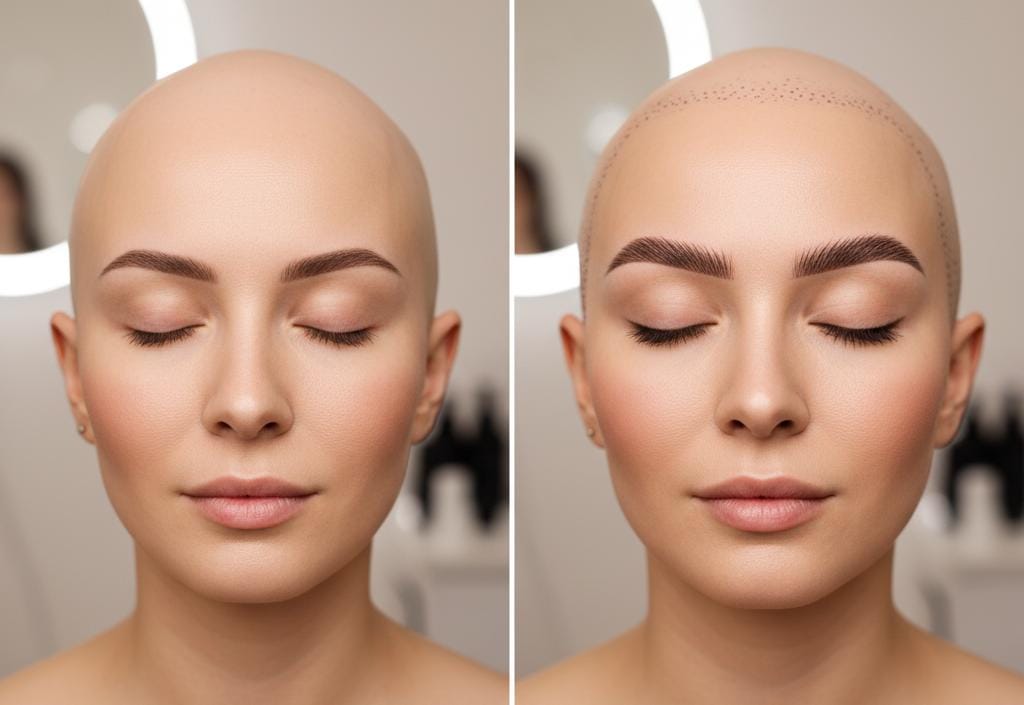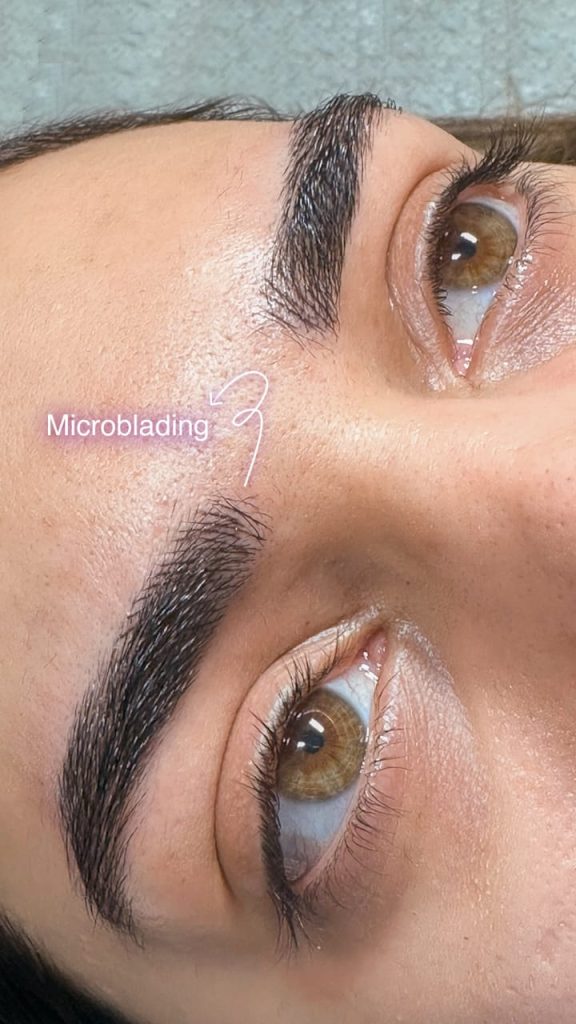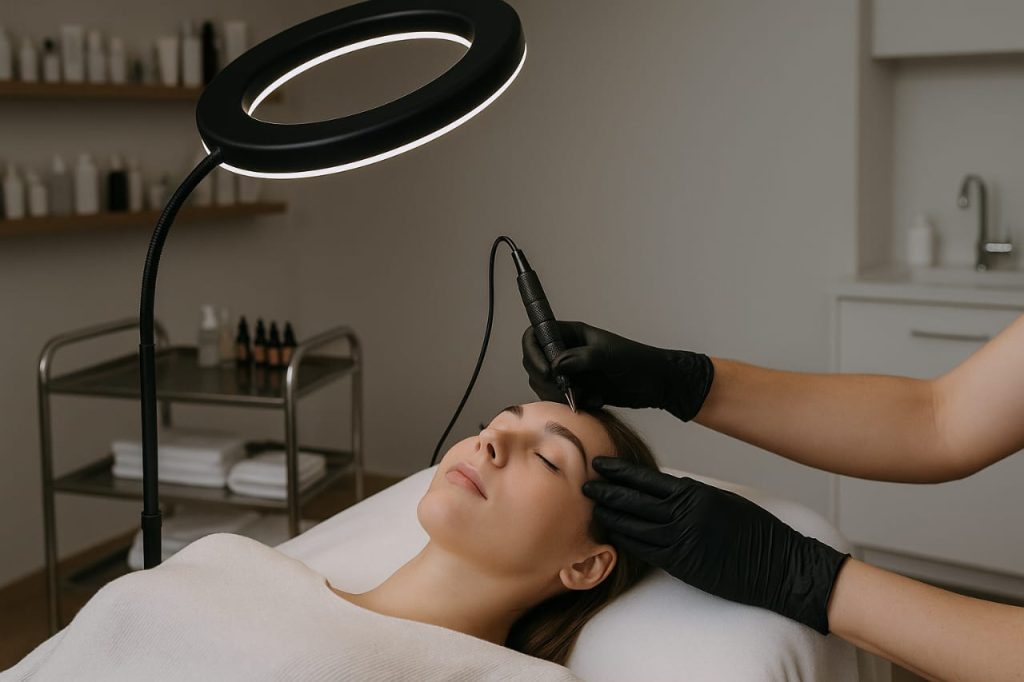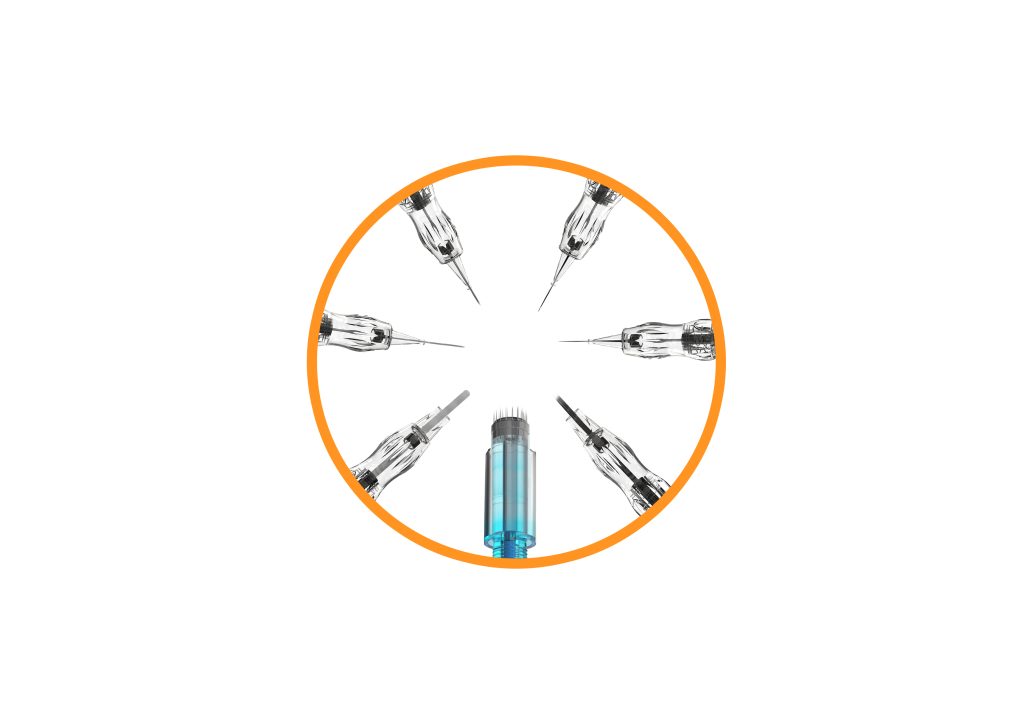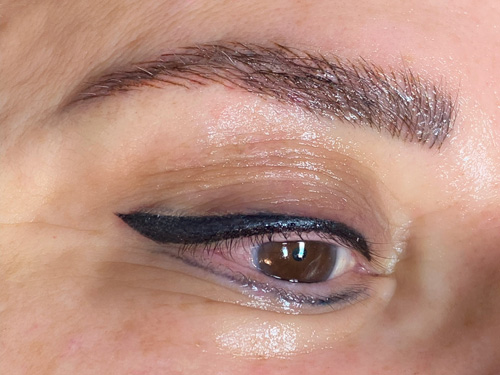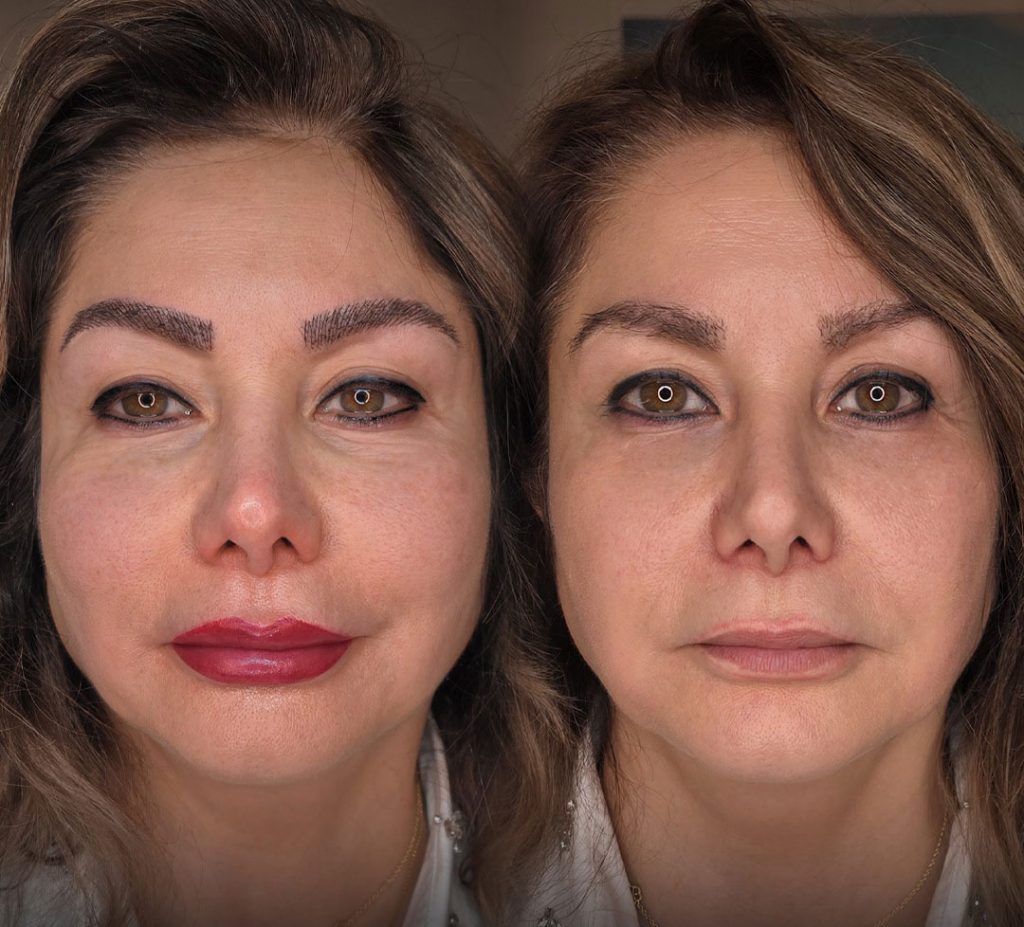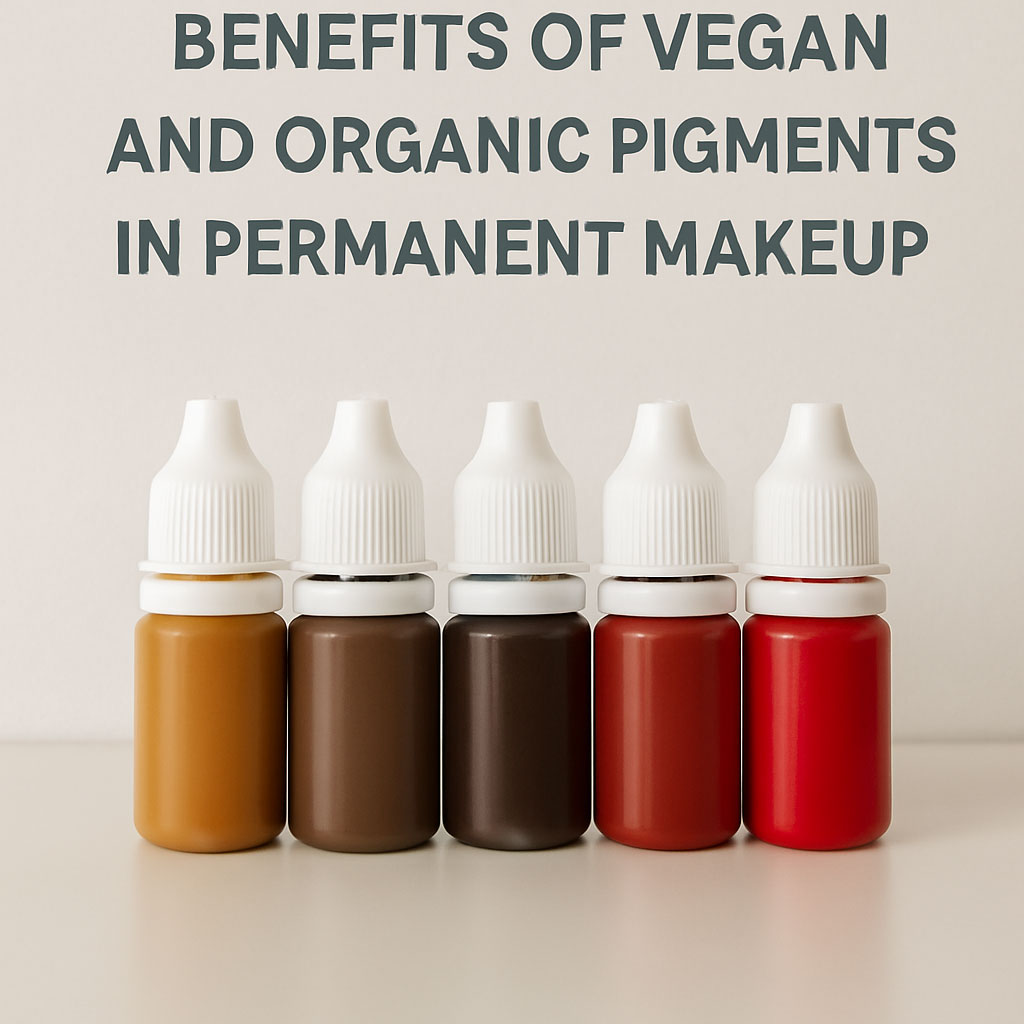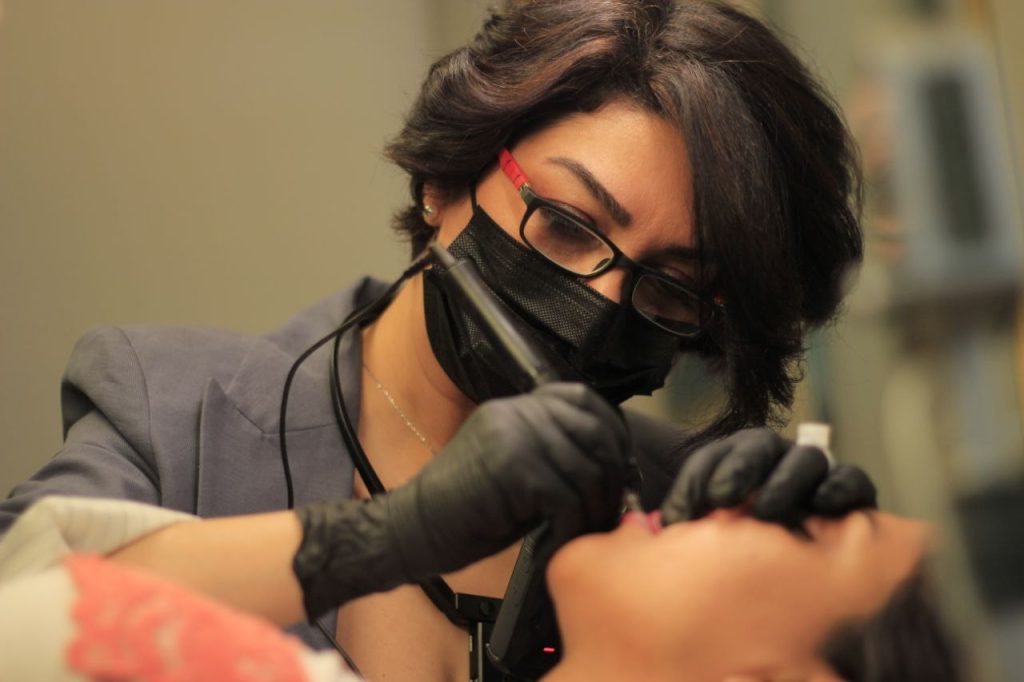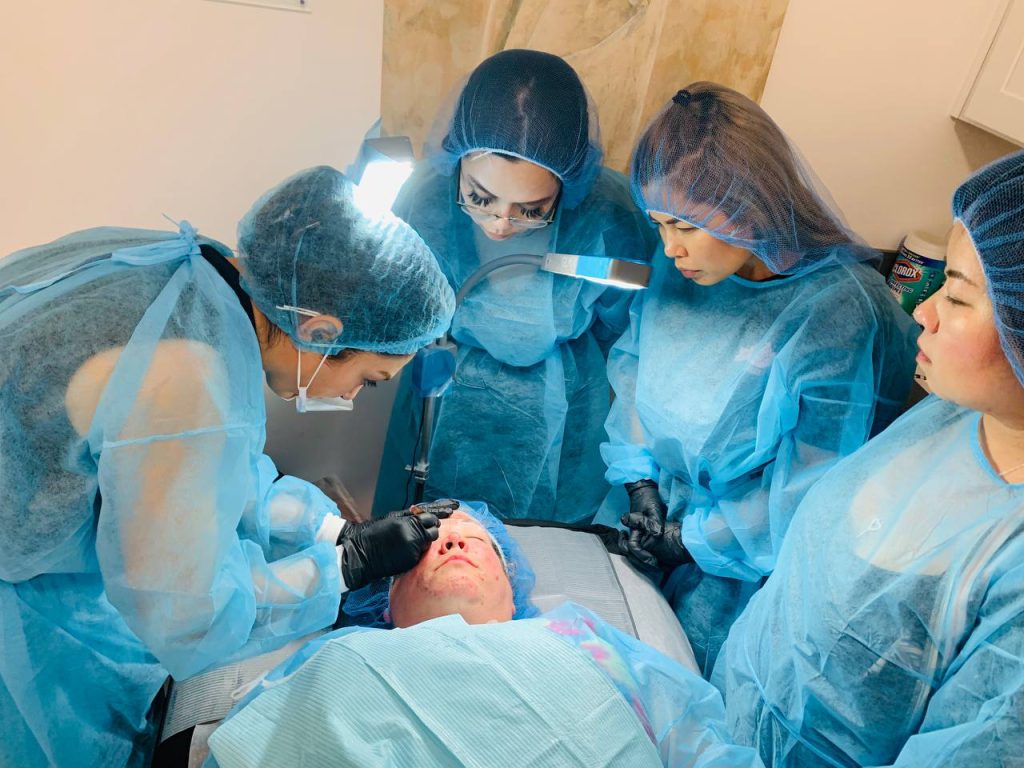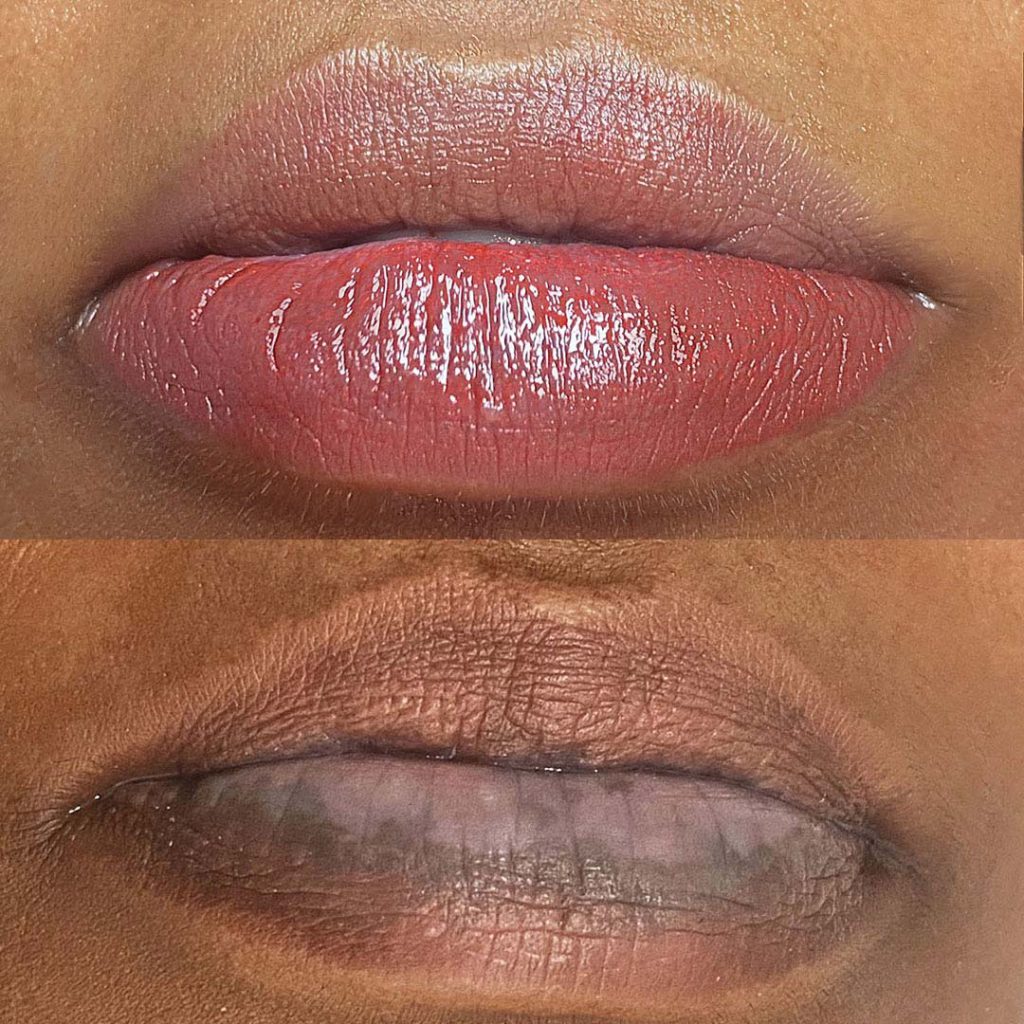5 Common Mistakes Permanent Makeup Artists
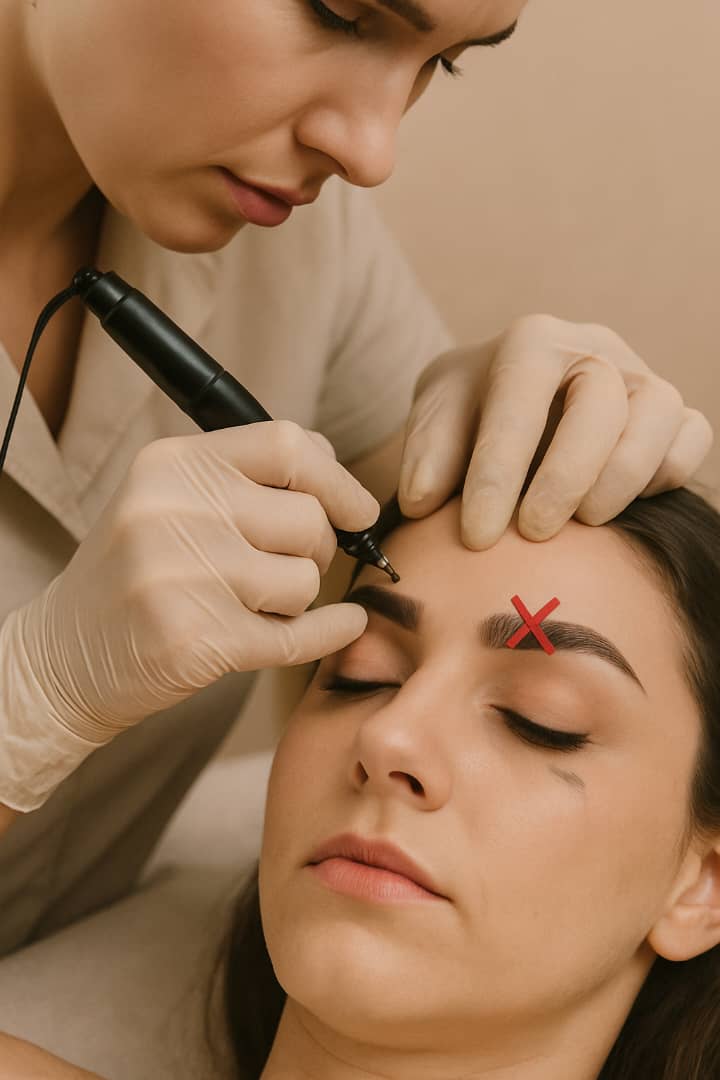
Why Precision and Professionalism Matter in PMU?
Permanent makeup (PMU) is more than just a beauty service, it’s an art form that requires expertise, precision, and a deep understanding of skin, pigments, and healing processes. However, even skilled artists can fall into habits or make choices that compromise the final result. In this article, we’ll dive into five critical mistakes that Permanent Makeup artists often make, how they affect results, and most importantly, how to avoid them to ensure flawless work and delighted clients.
1. Using Low-Quality Pigments:
One of the most damaging mistakes is working with low-grade or expired pigments. These pigments often contain heavy metals, unstable formulas, or poor color retention. As a result, the healed result may:
- Fade unevenly or turn undesirable shades (like blue, red, or grey).
- Cause allergic reactions or irritations.
- Require more frequent touch-ups, which frustrates clients and damages your reputation.
Solution: Always invest in high-quality, certified pigments that are vegan, organic, and dermatologically tested. Clients value safety and longevity—make sure your products reflect that.
2. Ignoring Client’s Skin Type and Undertones:
Every client is unique, and their skin type, undertone, and overall health significantly impact how pigments retain and heal. For example:
- Oily skin often leads to faster pigment fading or blurred strokes in microblading.
- Cool undertones may shift pigments to warmer or cooler hues if not properly matched.
- Mature or thin skin may bruise easily or retain pigment differently.
Solution: Take the time to properly analyze skin type and undertone during consultation. Customize pigment choice and technique (e.g., opting for powder brows instead of microblading for oily skin) to suit the individual.
3. Rushing the Consultation Process:
Skipping a thorough consultation is a critical error. This phase is essential to:
- Set realistic expectations.
- Understand the client’s lifestyle, allergies, and preferences.
- Provide pre-care and aftercare instructions.
Artists who skip or rush this step often deal with misunderstandings, dissatisfaction, and even disputes post-procedure.
Solution: Treat the consultation as a non-negotiable. Educate your client and listen carefully to their concerns. This builds trust and ensures a smoother experience for both sides.
4. Inconsistent or Improper Technique:
Uneven pressure, poor symmetry, or lack of consistency in needle movement can dramatically affect results. Some common signs of poor technique include:
- Uneven brows or lips.
- Patchy color retention.
- Excessive trauma to the skin leading to poor healing.
Solution: Ongoing education is key. Trends, tools, and techniques in PMU evolve constantly. Regularly attend advanced training sessions, watch global experts, and practice on synthetic skins to refine your skill set.
5. Neglecting Aftercare Follow-up:
Even the best procedure can be ruined by poor healing, often due to a lack of clear aftercare guidance. Many artists give minimal instructions or assume clients will remember verbal advice.
Solution: Provide detailed, written aftercare instructions and check in with your client during the healing phase. Offer advice and reassurance, and educate them about touch-up timelines. This not only ensures better results but strengthens your client relationship.
Permanent Makeup Artists Mistakes Make That Lead to Poor Results and Client Dissatisfaction:
Avoiding these common pitfalls can dramatically improve your PMU results and client satisfaction. As an artist, your reputation is built not just on the beauty of your work, but on your professionalism, care, and dedication to quality.
Whether you’re a beginner or a seasoned professional, keep growing, learning, and striving for perfection. Your clients deserve it, and so does your artistry.



